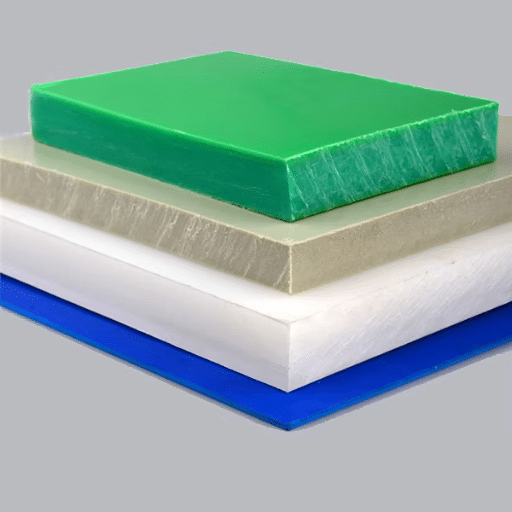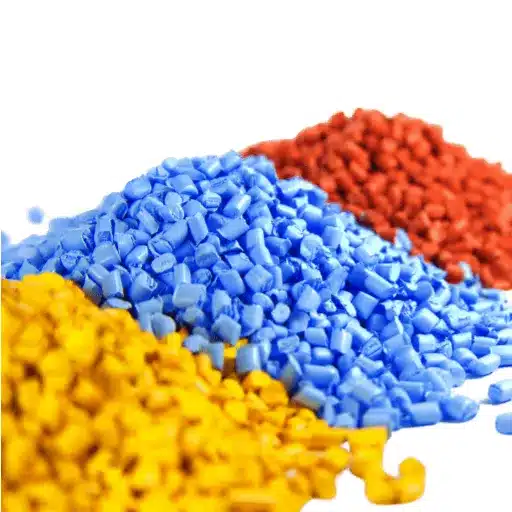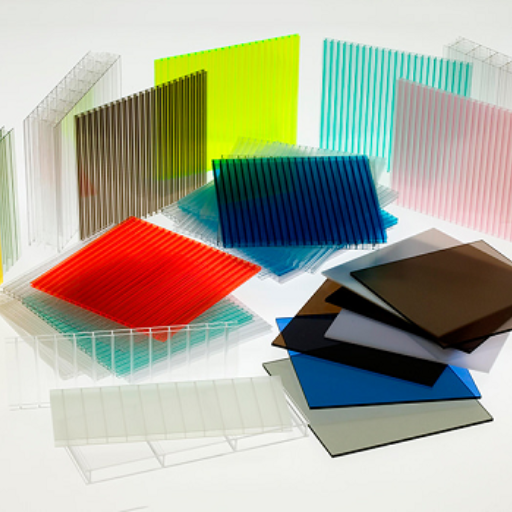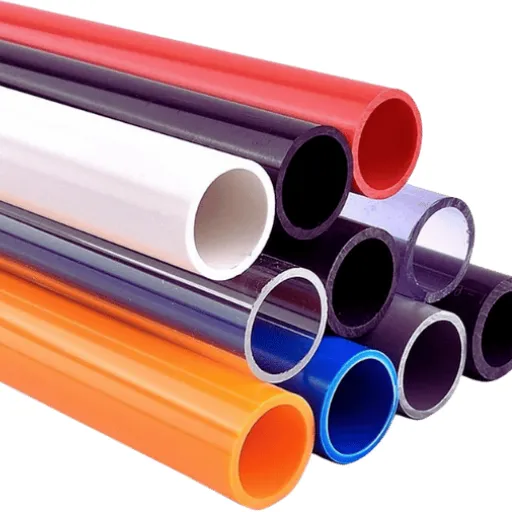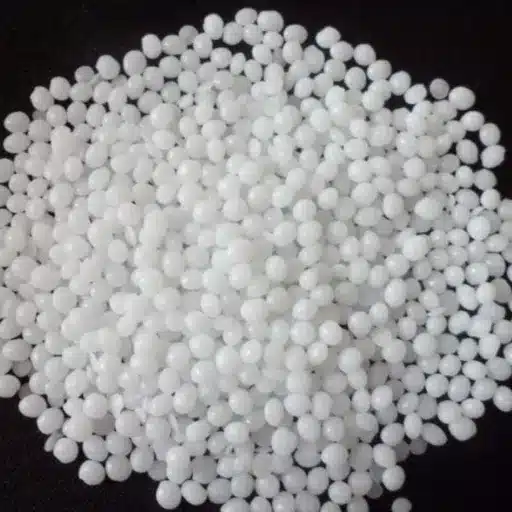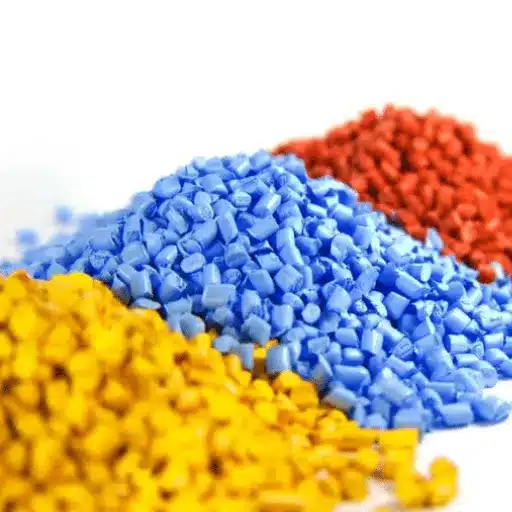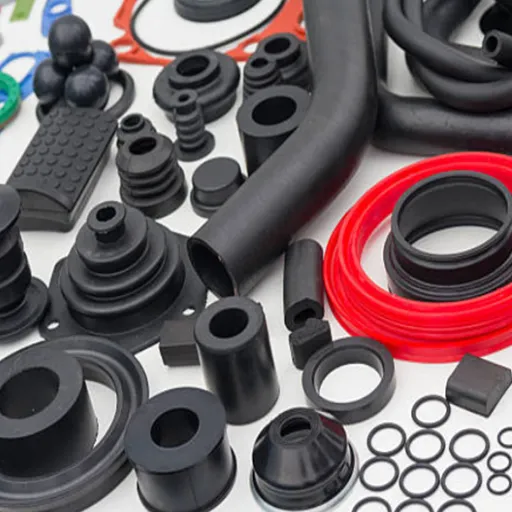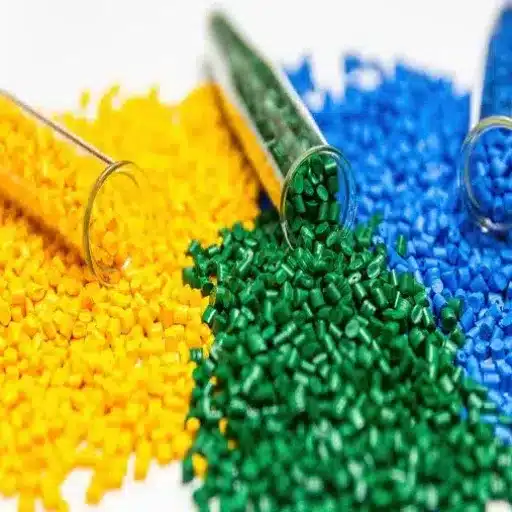ABS is an extremely versatile and one of the most common thermoplastics available in the market. ABS finds application for a myriad of applications, ranging from hard toys for children to automobile essential parts. This comprehensive guide explores the science and applications behind acrylonitrile-butadiene-styrene, its manufacturing processes, and highlights its merits over other plastics.
Chemical Composition and Properties of ABS
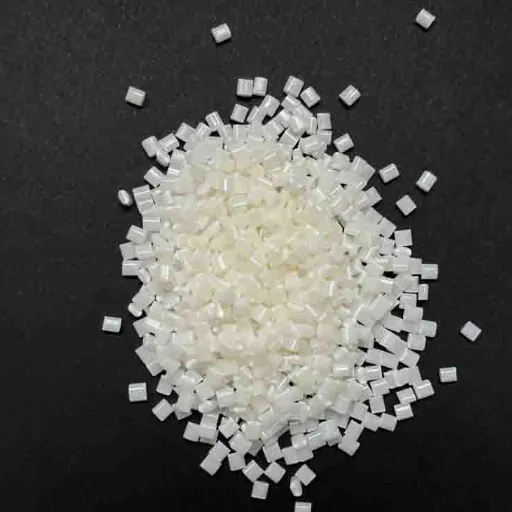
Chemical Structure of ABS
ABS is a polymer made from three key monomers:
- Acrylonitrile – Provides chemical resistance and thermal stability through its rigid nitrile group
- Butadiene – A synthetic rubber that affords toughness and impact resistance
- Styrene – Gives rigidity and facilitates easy processing due to its lightweight, amorphous nature
Key Insight: The molecular structure features polybutadiene as the rubbery backbone with acrylonitrile-styrene copolymers grafted onto it, creating a balanced matrix of elasticity and stiffness.
Physical and Mechanical Properties of ABS
ABS exhibits exceptional engineering properties that make it highly suitable for diverse applications:
- Tensile Strength: 4,100 to 5,800 psi
- Operating Temperature: Up to 176°F (80°C)
- Impact Resistance: Over 200 J/m (Charpy/Izod testing)
- Temperature Range: -20°C to 80°C
- Surface Quality: Smooth, glossy finish ideal for aesthetic applications
Comparison with Other Thermoplastics
| Property | ABS | PP |
|---|---|---|
| Strength | High | Moderate |
| Flexibility | Moderate | High |
| Shock Resistance | High | Moderate |
| Chemical Resistance | Moderate | High |
| Heat Resistance | High | Moderate |
| Affordability | Moderate | Low |
| Moldability | High | High |
Benefits and Limitations of ABS Plastic

Advantages of ABS Material
- High Impact Resistance: Withstands considerable mechanical shocks without cracking
- Superior Heat Resistance: Higher thermal stability than many plastics, like PP
- Excellent Moldability: Easy to mold into complex designs with fine detailing
- Good Surface Finish: Smooth, glossy finish ideal for consumer goods
- Electrical Insulating Properties: Suitable for electrical and electronic applications
Disadvantages and Environmental Impact
- Limited Heat Resistance: Not suitable for sustained temperatures above 85°C (185°F)
- Non-biodegradable: Petroleum-based polymer that persists in the environment
- Environmental Production Impact: Manufacturing involves toxic chemicals and greenhouse gas emissions
- Limited UV Stability: UV exposure causes discoloration and brittleness
- Recycling Challenges: Low recycling rates due to contamination and sorting issues
Applications of ABS Across Industries
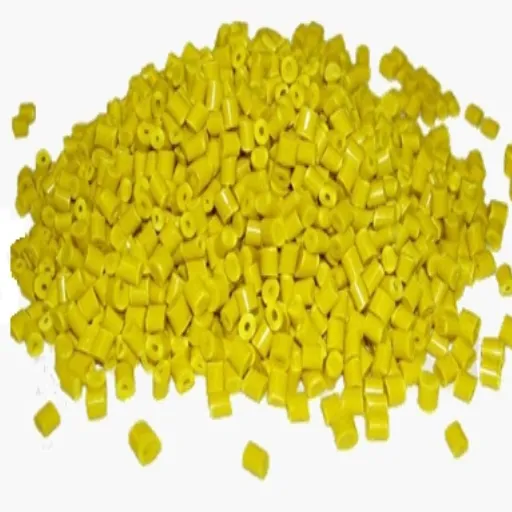
Automotive Industry Uses
ABS plastic has become essential in automotive manufacturing due to its strength, lightness, and processability:
- Interior Components: Dashboards, trim panels, center consoles
- External Parts: Mirror housings, grilles, wheel arches
- Electric Vehicle Applications: Battery boxes and electrical insulation panels
- Weight Reduction Benefits: Contributes to improved fuel efficiency
Consumer Goods and Household Items
ABS finds extensive use in consumer products due to its durability and aesthetic appeal:
- Electronics: TV housings, remote controls, gaming consoles
- Kitchen Appliances: Vacuum cleaners, food processors
- Toys: Safety-compliant interlocking bricks, action figures
- Household Fixtures: Showerheads, pipe fittings
Role in 3D Printing Technology
3D Printing Statistics: ABS filaments constitute approximately 60% of thermoplastics consumption for industrial 3D printing globally.
- Thermal Resistance: Superior heat resistance compared to PLA
- Mechanical Strength: Creates durable, impact-resistant parts
- Post-Processing Ease: Can be sanded, painted, machined, and chemically smoothed
- Customization: Easy to dye for various color requirements
- Cost-Effectiveness: Relatively low cost and recyclable
Real-World Examples and Case Studies
Successful Manufacturing Applications
| Industry | Application | Key Benefits | Market Impact |
|---|---|---|---|
| Automotive | Dashboards, trims, wheel covers | Weight reduction up to 10% | Improved fuel economy |
| Electronics | Device housings | Fine surface finish, insulation | 24% of global electronic housings |
| Medical | Inhalers, nebulizers, and IV systems | Non-toxic, sterilizable | 40-50 MPa tensile strength |
| Home Appliances | Vacuum bodies, refrigerator liners | Impact and chemical resistance | 60% of lightweight appliance parts |
| Toys | LEGO bricks | Safety standards compliance | 70,000 metric tons annually (LEGO) |
Comparative Analysis: ABS vs. Other Popular Plastics
| Property | ABS | PP | PE | PVC |
|---|---|---|---|---|
| Strength | High | Moderate | Moderate | High |
| Flexibility | Moderate | High | High | Low |
| Shock Resistance | High | Moderate | High | Moderate |
| Chemical Resistance | Moderate | High | High | High |
| Heat Resistance | High | Moderate | Low | Moderate |
| Affordability | Moderate | Low | Low | Low |
| Moldability | High | High | Moderate | High |
Innovative Uses in New Technologies
- 3D Printing: 60% of thermoplastics consumption for industrial applications
- Automotive Components: Up to 30% of plastic components in modern vehicles
- Consumer Electronics: 40% of laptop enclosures utilize ABS
- Medical Equipment: Growing demand for cost-efficient, hygienic housings
- Robotics and Drones: 20-30% performance improvement over other polymers
Future of ABS Material
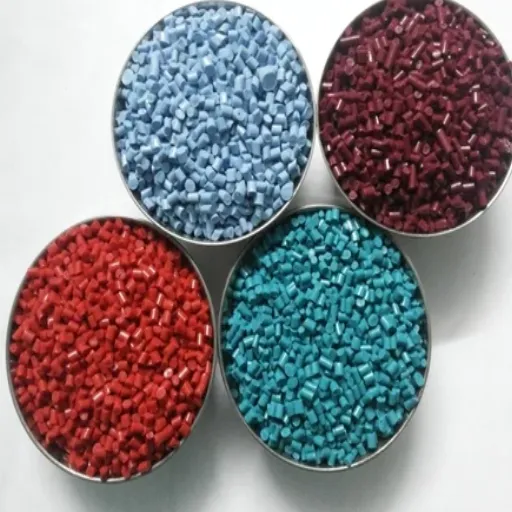
Trends in ABS Development
The evolution of ABS is driven by demands for stronger, more environmentally friendly materials:
- Recyclable and Bio-based ABS: Reducing environmental footprint through sustainable feedstock
- Nanotechnology Enhancement: Integration of graphene and carbon nanotubes for improved properties
- Additive Manufacturing: Modified grades for better 3D printing performance
- Smart Manufacturing: Advanced processing methods for optimized production
Market Potential and Growth
Market Forecast: ABS market expected to grow at 6-7% CAGR through 2030, driven by sustainability requirements and innovative applications.
- 5G Infrastructure: Demand for hardware housing materials with excellent insulation
- Medical Applications: Growth in sterilizable parts and customized devices via 3D printing
- Asia-Pacific Growth: Significant expansion in developing nations
- Sustainable Manufacturing: Increasing focus on recyclable formulations
Frequently Asked Questions (FAQ)
Q: What type of material is ABS?
A: ABS stands for acrylonitrile butadiene styrene and is a widely used, tough, and versatile thermoplastic polymer made from ABS resin with styrene and acrylonitrile components, providing excellent toughness and impact-resistance.
Q: What are the key properties of ABS?
A: ABS offers excellent moldability, high impact resistance, good chemical resistance, and superior mechanical properties. It can withstand thermal variations and is ideal for automotive parts and consumer products.
Q: How is ABS used for 3D printing?
A: ABS is a popular 3D printing material due to its transformability and durability. It creates impact-resistant plastic parts perfect for engineering prototypes and final-stage products in manufacturing.
Q: What are the main advantages of ABS?
A: Key advantages include high strength, toughness, easy processing, versatility for applications requiring durability, and suitability for injection molding and extrusion processes.
Q: Where is ABS commonly used?
A: ABS is used in automotive parts, home appliances, toys, electronic gadgets, consumer electronics, and automotive manufacturing, where strong, lightweight materials are required.
Q: Can ABS be recycled?
A: Yes, ABS is recyclable and can be remade into new products while maintaining many original material properties, making it environmentally friendly for various applications.
Q: How are ABS parts manufactured?
A: ABS parts are typically made through injection molding (molten ABS injected into mold cavities) or extrusion (heated material forced through dies). Both processes utilize ABS’s thermoplastic nature for easy production.
Q: How does ABS compare to other engineering plastics?
A: ABS offers an excellent strength-to-weight ratio compared to many engineering plastics. While materials like polycarbonate may offer higher impact resistance, ABS provides the best balance of strength, toughness, and cost-effectiveness.
References
- Miami University Blog: Understanding the Properties and Uses of ABS Plastic – Overview of ABS properties and applications
- Harvard ADS Abstract: Evaluation of tensile properties of ABS material specimen – Engineering aspects and tensile properties analysis
- PubMed Central (PMC): A Comprehensive Mechanical Examination of ABS – Broad mechanical analysis of ABS material






